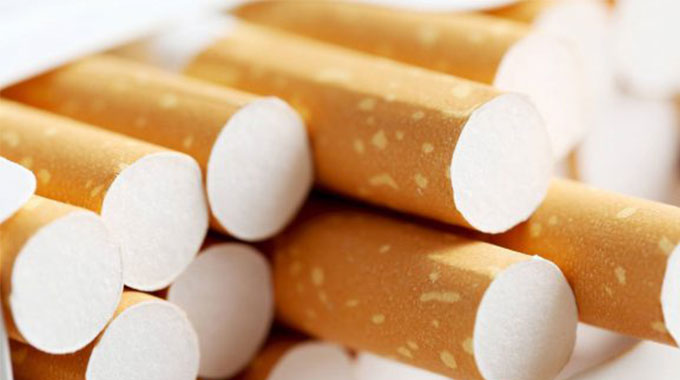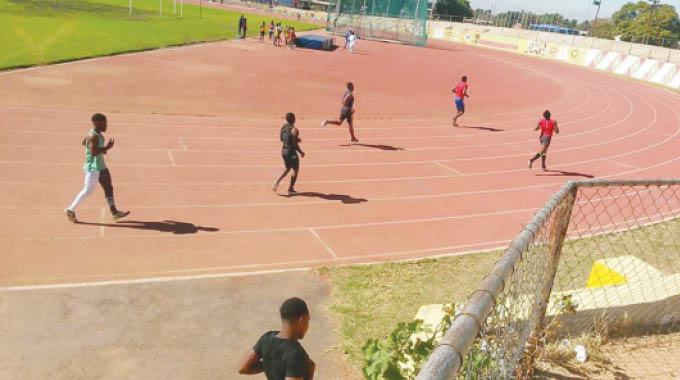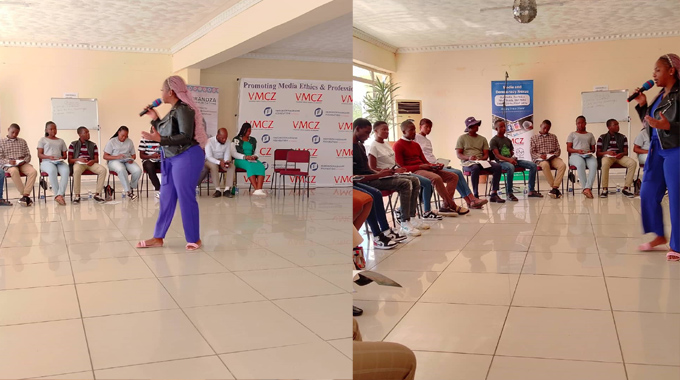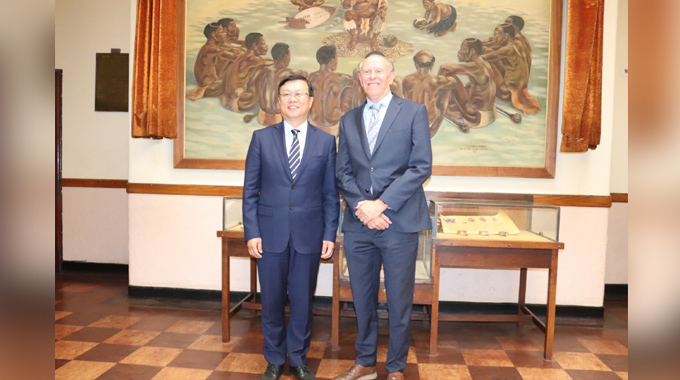Zinwa completes Nyamandlovu emergency borehole rehabilitation works

Nqobile Tshili, Chronicle Reporter
THE Zimbabwe National Water Authority (Zinwa) has completed the $10,6 million emergency borehole rehabilitation works at Nyamandlovu aquifer to augment Bulawayo water supplies.
Government in April released the funds for the rehabilitation of 20 boreholes in response to Bulawayo’s water crisis.
Bulawayo is experiencing serious water shortages that have seen the local authority imposing a weekly six-day water shedding programme.
Council has said water shedding will be extended to industrial and mining areas for 48-hours weekly to conserve water.
The local authourity has decommissioned three of the city’s six supply dams uMzingwane, Lower Ncema and Upper Ncema dams and now relies on Insiza, Inyakuni and Mtshabezi dams.
The situation has become desperate resulting in some residents going for more than two months without running water.
This has led to others drawing water from unprotected water exposing themselves to water borne diseases.
The water problem compromises the fight against Covid-19 as continuous washing of hands is crucial.
The decommissioning of Lower Ncema Dam last month, left the city pumping between 60 and 65 mega litres per day against a daily requirement of 155ML.
Rehabilitation of boreholes at Nyamandlovu aquifer has brought into the system an additional 10ML per day.
Following the rehabilitation, Zinwa has now moved to rehabilitate pumping mains to minimise water leakages.
Zinwa corporate communications and marketing manager Mrs Marjorie Munyonga said the authority’s engineers commenced the Nyamandlovu borehole rehabilitation project last month and completed work at the end of last week.
She said what is now left is rehabilitation of pumping mains to minimise water leakages.
“Zinwa has successfully equipped 20 boreholes at Nyamandlovu Aquifer. This development has seen water supplies to the City of Bulawayo from the aquifer increasing from a daily average of three megalitres (three million litres) per day to an average of 10 megalitres (10 million litres) per day. What is now outstanding and underway is the rehabilitation of the pumping mains to minimise water losses,” said Mrs Munyonga.
Bulawayo City Council senior public relations officer Mrs Nesisa Mpofu said the increased pumping of raw water at the Nyamandlovu aquifer will stabilise supplies at Magwegwe reservoir.
She said the city will however maintain the 144-hour weekly water shedding exercise.
To improve the city’s water supplies council has started constructing water kiosks in the city’s high-density suburbs to ease the desperate water challenges.
The water kiosks are 15 000 litre water tanks that will be mounted on sites in western areas.
The construction of 10 of them is already in progress. – @nqotshili












Comments